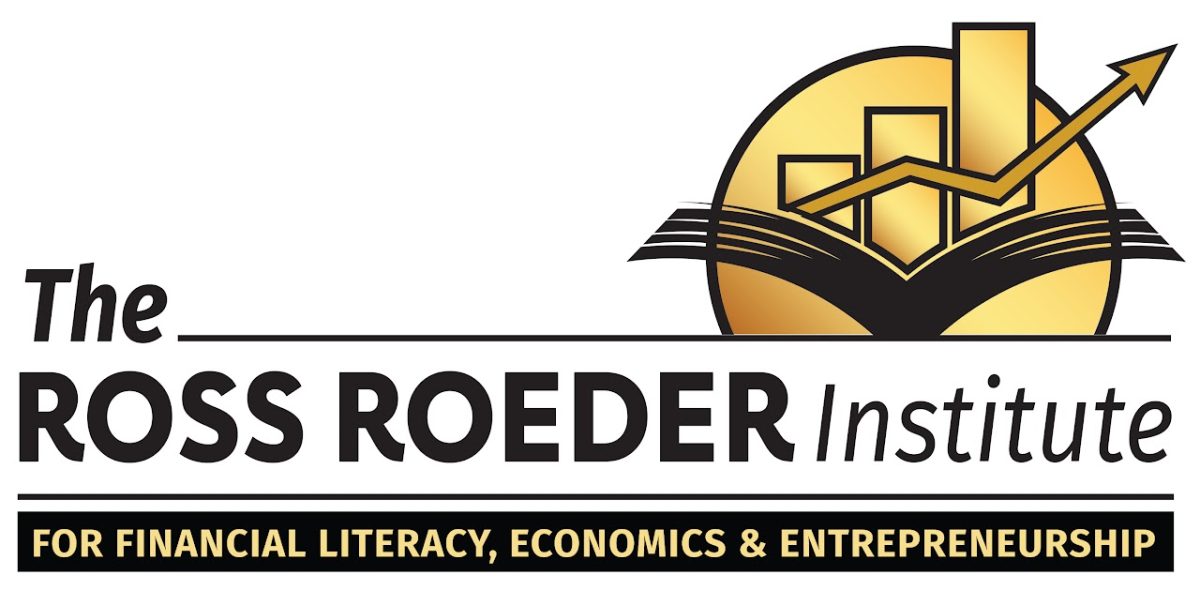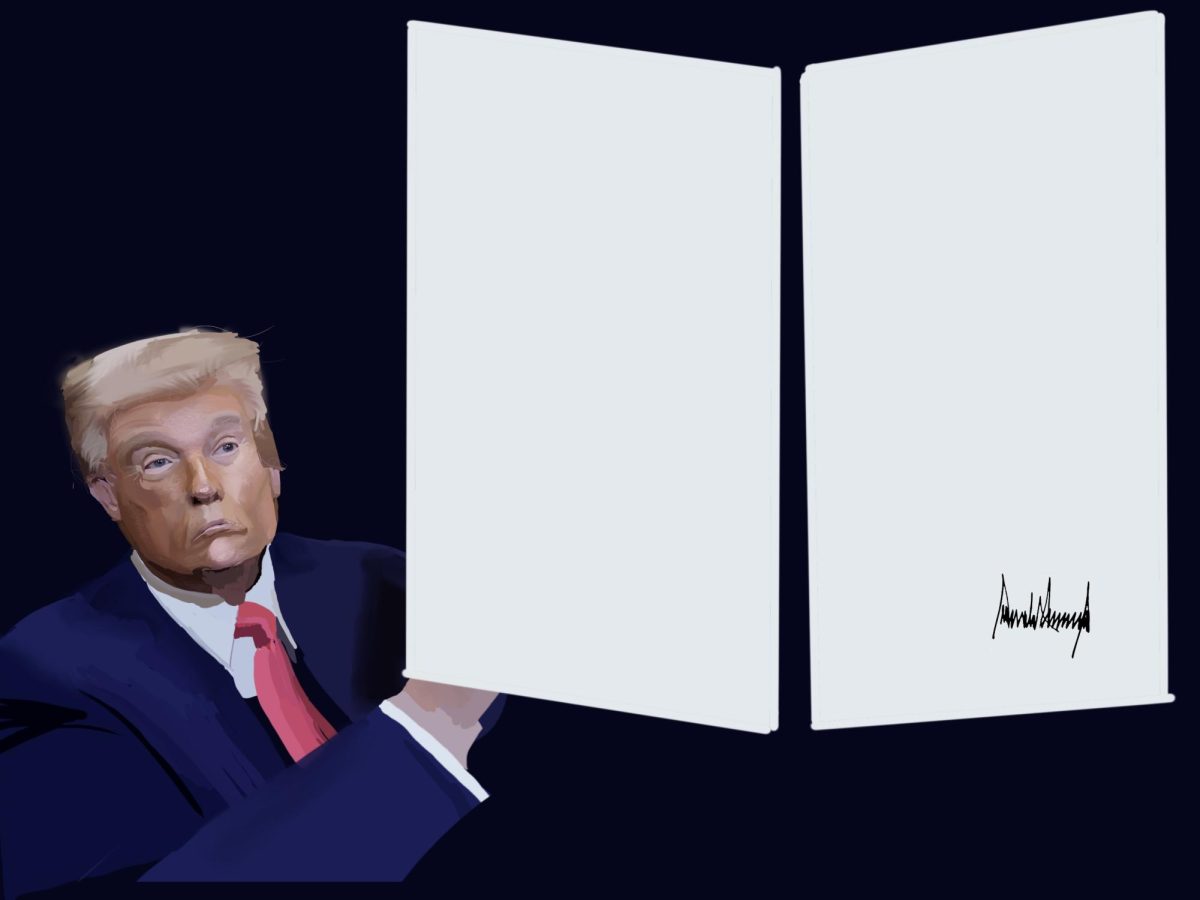In the first 85 days of his second term, President Donald Trump has issued a record-setting 124 executive orders. The only president to approach that number was Franklin D. Roosevelt, who issued 99 in 100 days, though these were largely focused on combating the Great Depression. Trump has wasted no time implementing orders to rename the Gulf of Mexico, reassess international commitments, and put an emphasis on domestic changes. Every president in U.S. history has utilized executive orders. From historical milestones, such as Lincoln’s Emancipation Proclamation and Truman’s desegregation of the U.S. military, to FDR’s New Deal programs, executive orders have undeniably shaped our nation.
Article II, Section III of the United States Constitution requires the executive branch of government to “take care that the laws be faithfully executed.” Executive orders are one way the president fulfills this duty. While they are similar to laws in that they both have legal force, there are key differences between them.
Traditional laws must be submitted, debated, and ultimately passed through Congress. The president can veto laws passed by Congress, and a presidential veto can only be overridden by Congress.
In contrast, executive orders are legally binding directives submitted by the president. They don’t require the approval of Congress, though they can be tested in court or overturned by a succeeding president. A prime example of this is Trump’s Executive Order 14148, which rescinds 78 presidential orders and memoranda issued by Joe Biden. The Constitution guarantees a just allocation of power by allowing both executive action and judicial review.
In a survey conducted within the Shorecrest Upper School, 69.7 percent of students felt that they only understood some to none of what’s happening in our government. This data highlights a concerning gap in understanding.
Even if current events feel overwhelming or fast-paced, it’s important to seek information and ensure your understanding of national and global affairs is up to date. As we all grow closer to the voting age, taking the time to educate ourselves is crucial. Being politically informed is critical to making decisions, shaping our own opinions, fostering relationships, and being a responsible citizen.
Let’s take a look at some of the executive orders issued by President Trump this term and discuss the implications they could have for American citizens:
Executive Orders 14195 and 14228: “Imposing Duties To Address the Synthetic Opioid Supply Chain in the People’s Republic of China” (PRC) and Amendments.
Summary: Order 14195 aims to stop the synthetic opioid crisis in the U.S. by targeting the origin of the supply chain in China. Fentanyl, the main opioid in this crisis, was being distributed to the United States at large and unsafe volumes, and the order hopes to prevent this from affecting the U.S. further.
According to Order 14195, “All articles that are products of the PRC” are potentially subject to a ten percent tariff. Order 14288 is an amendment to 14195, where the tariffs increased to 20 percent. On April 2, 2025, an additional 34 percent tariff was placed on Chinese goods. Later, on April 9, reciprocal tariffs were placed onto China at 125 percent.
Trump’s “why?”: These tariffs primarily aim to domesticate manufacturing, which could benefit U.S. industries in the long term and create jobs. Trump claims the current trade deficits harm the American economy and its workers.
Implications: Tariffs are charged to U.S. importers, who pass the costs to consumers, making everyday items that come from China more expensive. This process also increases inflation, damaging the U.S. economy as a whole.
Encouraging a shift in the global economy and bringing factories to the United States may also bring consequences. While more jobs will be provided to people in the United States, labor is much more expensive domestically, which will raise prices for consumers and business owners. There are also many environmental and diplomatic concerns.
Today, the economy is incredibly globalized, meaning there aren’t necessarily just “American companies” or “Chinese companies,” but multinational corporations that span many markets. The supply chain has evolved around this system, giving different countries with different capabilities roles that best suit them. Trying to abolish this system and domestically produce as much as possible is a complex undertaking that may or may not be solved with a simple solution.
Executive Order 14199: “Withdrawing the United States From and Ending Funding to Certain United Nations Organizations and Reviewing United States Support to all International Organizations.”
Summary: This order effectively removes the United States from the UN Human Rights Council and reviews the government’s participation in all international organizations, such as the UN Educational, Scientific, and Cultural Organization.
Trump’s “why?”: President Trump believes that some of the UN’s programs have drifted from their original mission and are taking money away from the United States at disproportionate rates. He thinks that U.S. participation should be reevaluated.
Implications: The removal of the United States from these bodies could have several consequences. By leaving these organizations, the U.S. would forfeit influence in conversations about subjects like human rights, cultural preservation, and international cooperation. Failure to participate would reflect on the priorities of the United States and potentially damage its reputation as a champion of these values.
This executive order contributed to the United States being placed on a Human Rights Watchlist, next to countries such as the Democratic Republic of Congo and Serbia.
Executive Order 14155: “Withdrawing the United States From the World Health Organization” (WHO).
Summary: Issued on inauguration day, this executive order removes the United States from WHO, including stopping the transfer of funds, relocating American employees part of WHO, and ensuring actions taken by the organization have no bearing on the United States.
Trump’s “why?”: The order cites the reasoning for this withdrawal in WHO’s ineffective handling of the COVID-19 pandemic and the disproportionate economic contributions the United States was asked to make especially in comparison to China.
Implications: Without support from the United States, the power and influence of WHO weakens significantly, hampering their ability to respond to international health issues. In times such as COVID-19, the relationships between large countries are imperative to developing effective solutions, many of which could be difficult to maintain without WHO.
Executive Order 14172: “Restoring Names That Honor American Greatness.”
Summary: Order 14172 hopes to inspire people to honor American heritage by renaming Mount Denali and Gulf of Mexico to Mount McKinley and Gulf of America, respectively.
Trump’s “why?”: Trump believes that these landmarks should “celebrate the legacy of our American heroes.” Originally, the mountain was named Mt. McKinley, but the name was changed to Mt. Denali to honor the Alaskan Natives and their cultural traditions. The change back to Mt. McKinley has been formally opposed by many Alaskan Natives and the Alaska legislature.
Implications: While some U.S. companies complied with renaming the Gulf of Mexico, such as Google, the president of Mexico had a different response: “For us and for the entire world, it will continue to be called the Gulf of Mexico.”
Renaming the Gulf could damage the future relationship with one of our closest allies, as the change could be seen as undermining the cultural ties Mexico has to the Gulf and disrespecting the country’s sovereignty.
Executive Order 14153: “Unleashing Alaska’s Extraordinary Resource Potential.”
Summary: Signed on the day of Trump’s inauguration, Order 14153 focuses on extracting and utilizing the resources in Alaska to better the economy.
Trump’s “why?”: Alaska contains an excess of energy, minerals, timber, and seafood, and developing these resources, Trump claims, will benefit the country. The development will create jobs for Americans and will aid in the U.S. conquest for energy dominance, stimulating the economy.
Implications: This executive order, however, was signed without regard for the environmental repercussions and the Alaskan Natives occupying the land. The impacts that development could have on the land may be harmful and irreversible. The order also lifts restrictions to develop on the Arctic National Wildlife Refuge, which could influence the native species living there.




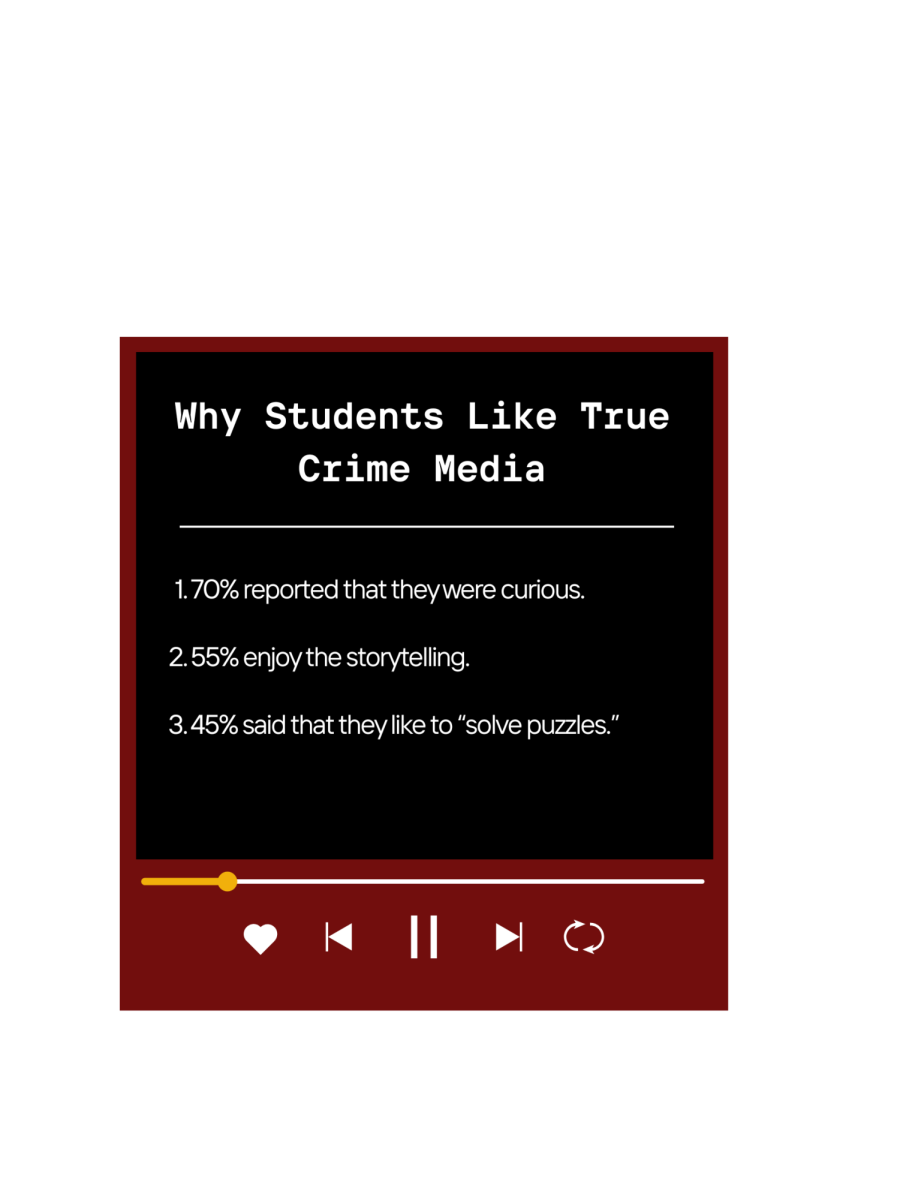



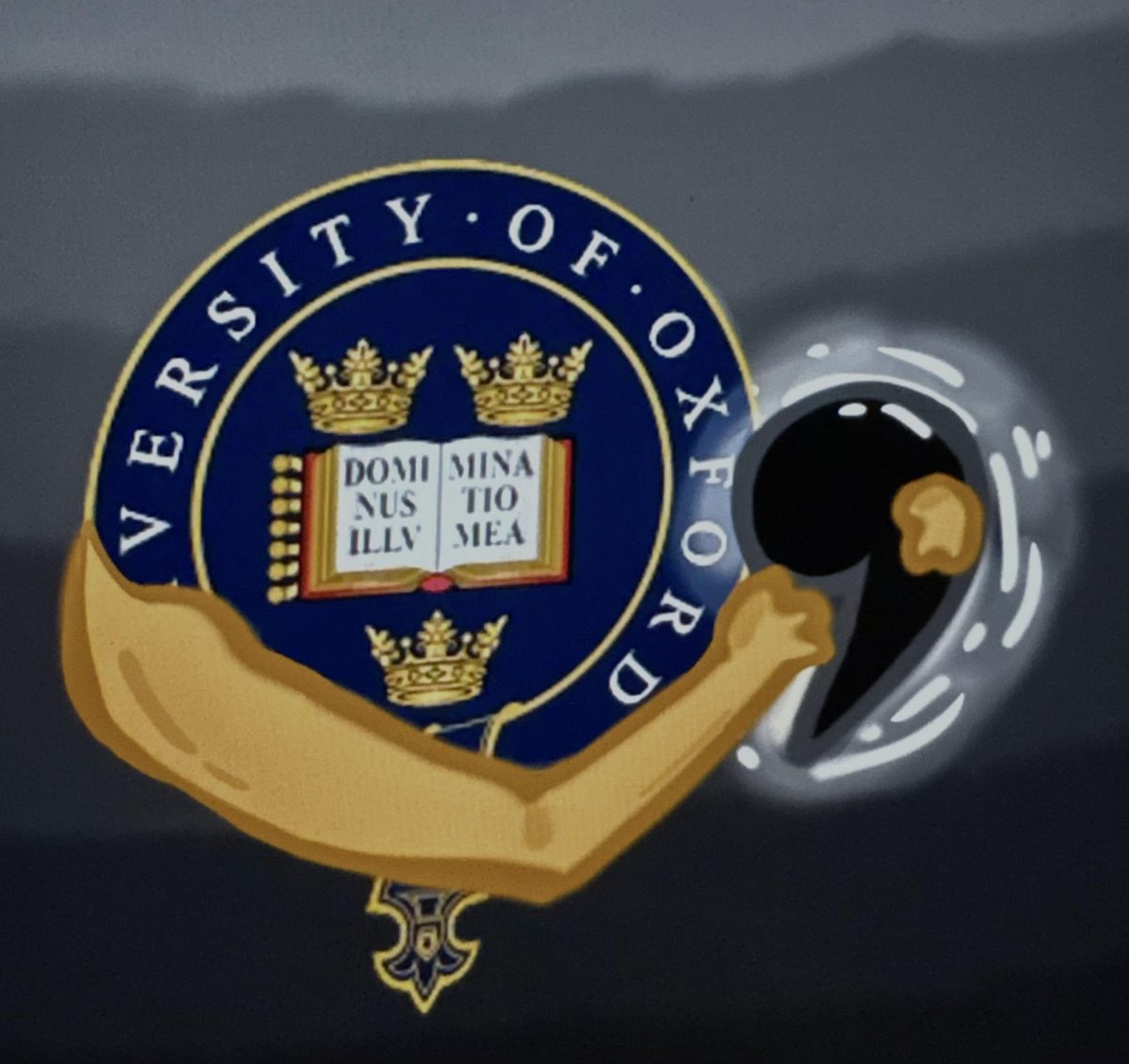

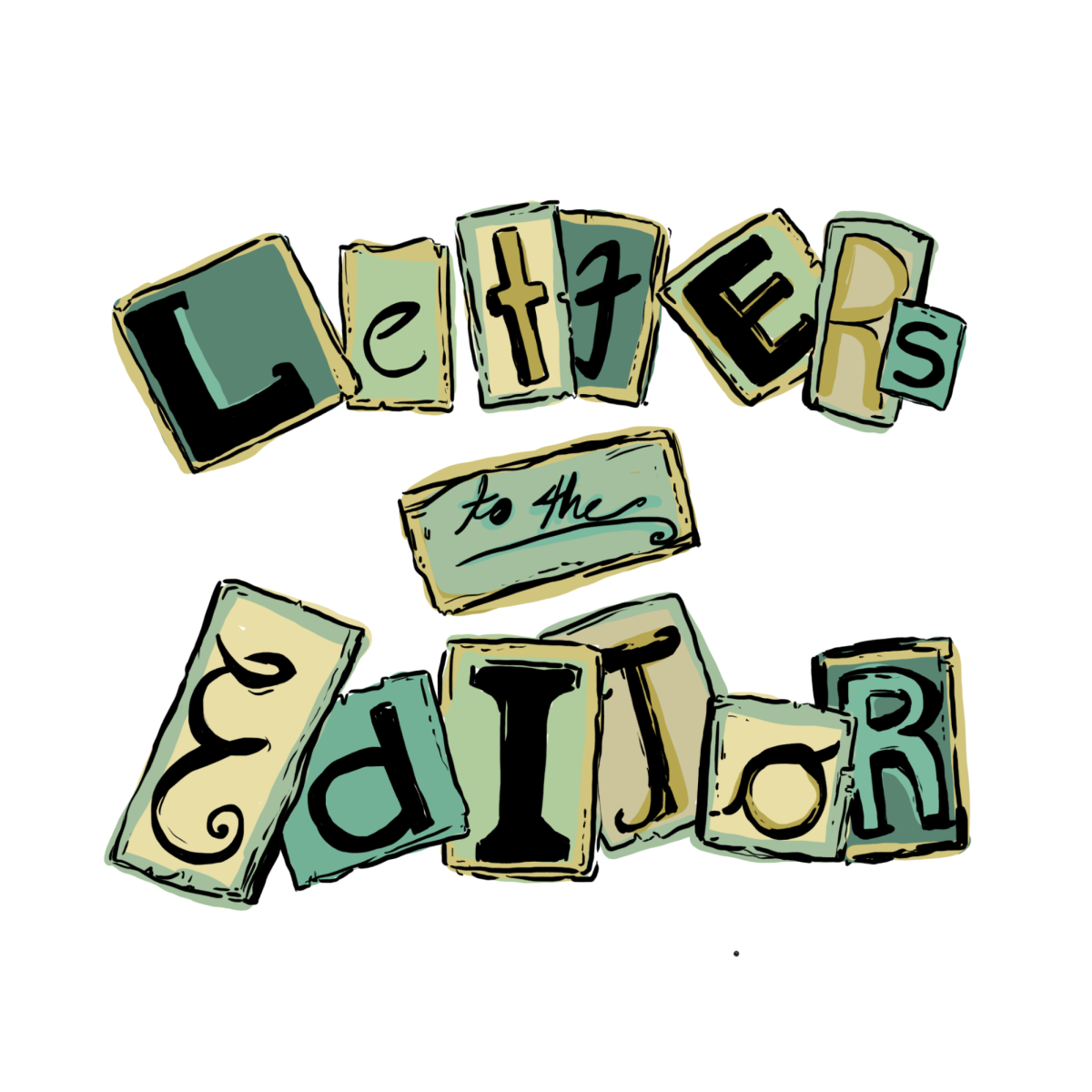

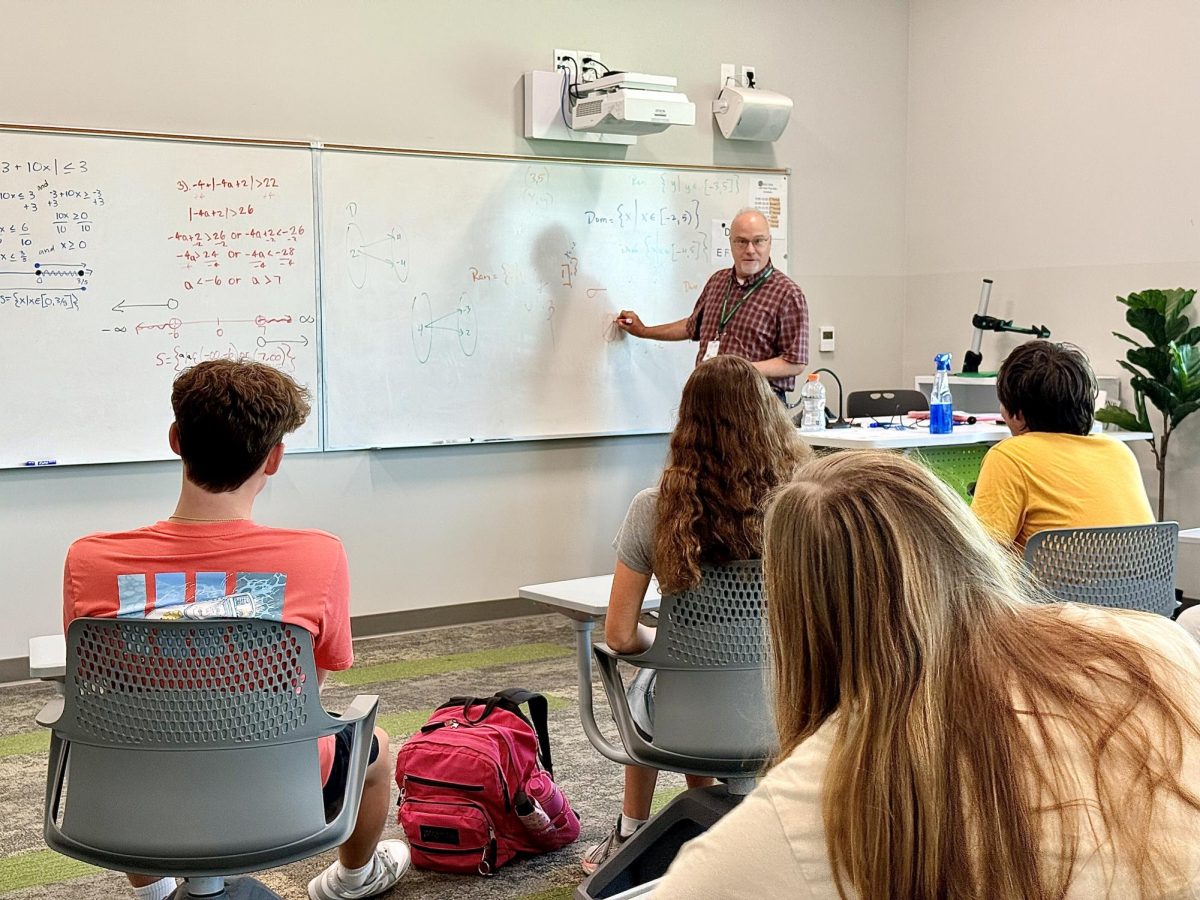



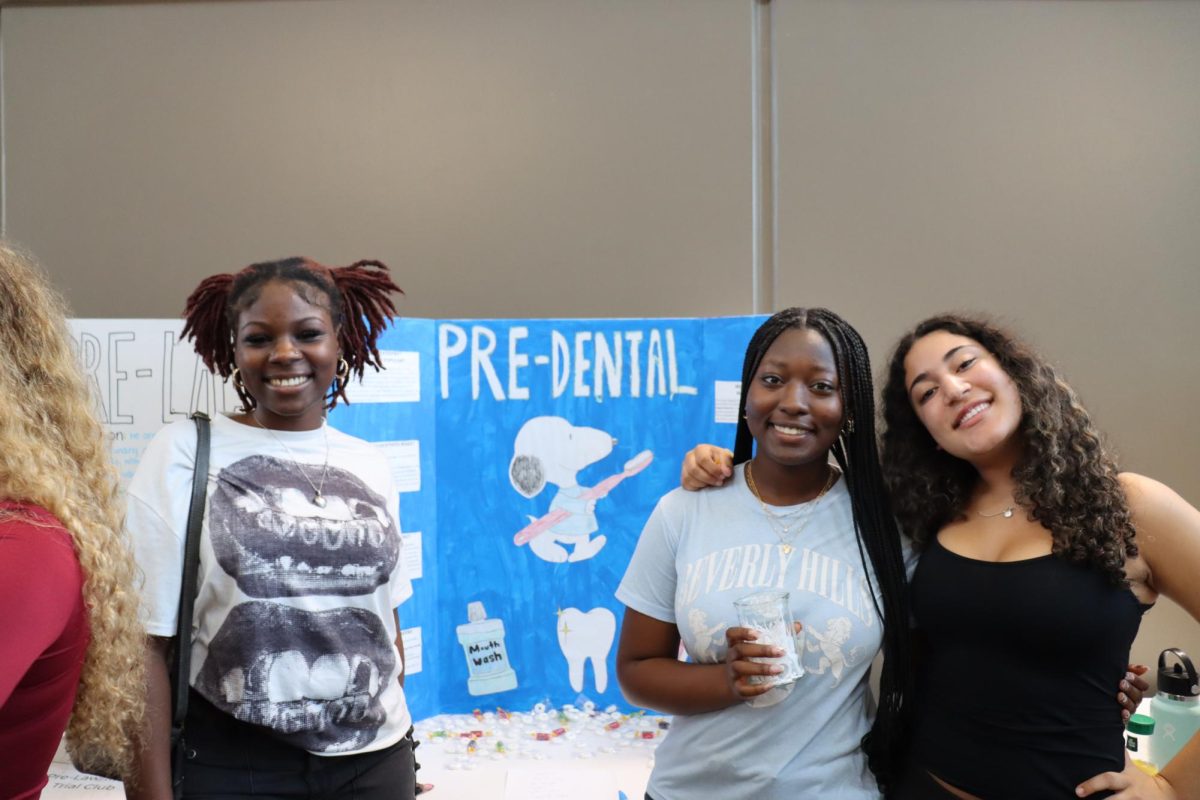


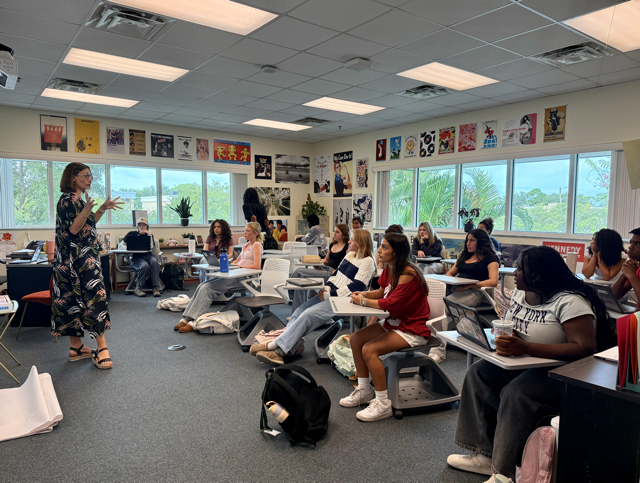












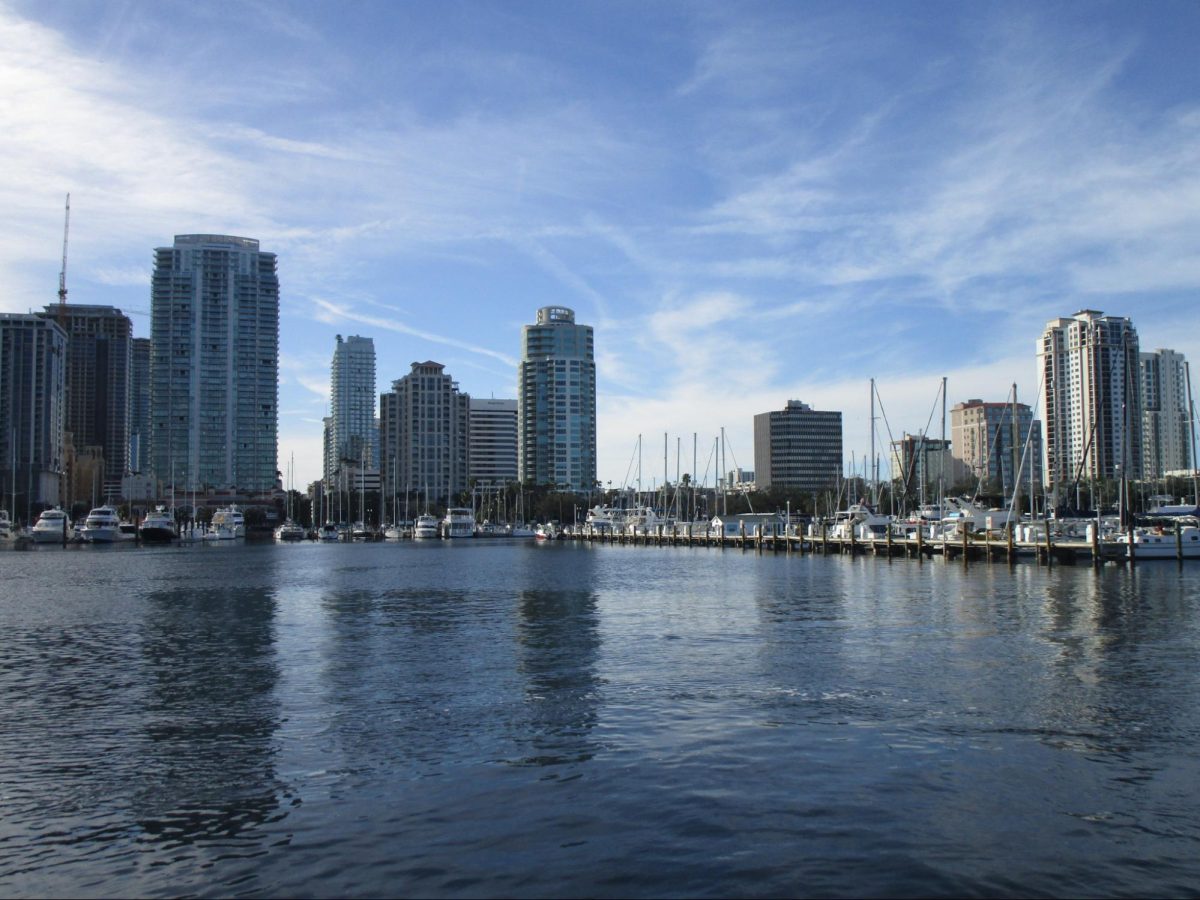

![Thespians pose on a staircase at the District IV Thespian Festival. [Front to back] Luca Baker, Maddison Cirino, Tanyiah Ellison, Alex Lewis, Summer Farkas, Jill Marcus, Ella Mathews, Sanjay Sinha, Isabella Jank, Sofia Lee, Boston Littlepage-Santana, Sally Keane, Tyler Biggar, Tanner Johnson, Jasper Hallock-Wishner, Remy de Paris, Alex Jank, Kaelie Dieter, and Daniel Cooper. Photo by Michael McCarthy.](https://spschronicle.org/wp-content/uploads/2024/12/image1-900x1200.jpg)



